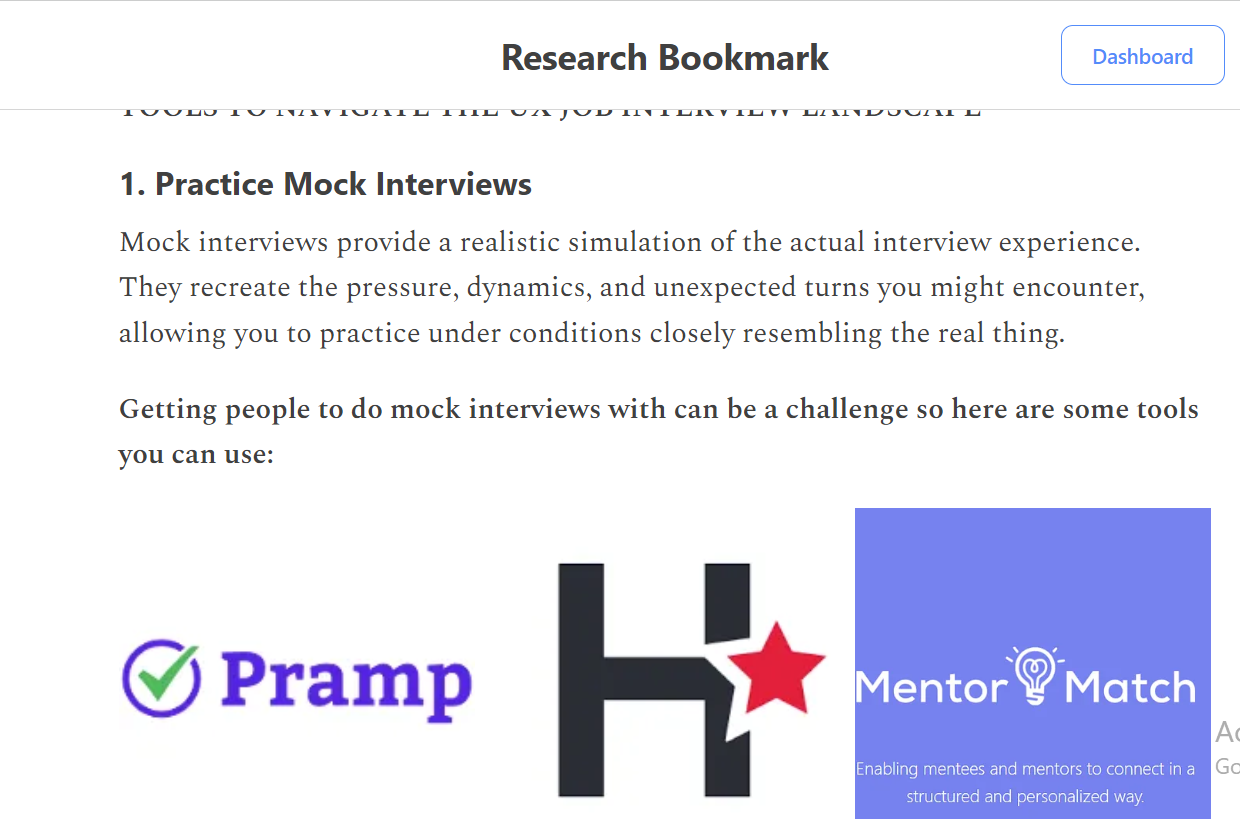How to Ace Your Next UX Interview
The Interview Mistakes We ALL Make
As design legend Jakob Nielsen wisely says, "Usability is not just about technology, it's about people." We, the people (UXers), often forget that the interviewer is the user in this scenario. Their "goal" is to find the candidate who solves their problems, not just someone with fancy wireframes. But sometimes, even the most seasoned UX pro can stumble in the most unexpected place: the job interview.
Yes, you guessed it - talking too much about ourselves.
Think about it. How often do we fall into the trap of self-promotional narratives, rattling off achievements and skills without truly understanding the interviewer's needs? This, my friends, is a UX cardinal sin.
Remember, the interview is not about you. It's about being useful.
Here's the truth:
83% of candidates focus on their achievements in interviews, ignoring the interviewer's needs (Source: CareerBuilder survey).
72% of hiring managers find candidates self-promotional and irrelevant to the role (Source: Glassdoor survey).
Ouch. Time to flip the script. Here's how:
☑️ Focus on Problem-Solving:
Remember that portfolio presentation where you showcased every pixel-perfect design, hoping to wow the interviewer? While your skills are important, shifting the focus to how you solve real-world problems makes a bigger impact. Instead of a monologue, engage in a dialogue. Research the company's challenges, pain points, and goals. Tailor your examples to show how your problem-solving approach directly addresses their needs. Speak their language of metrics, user experiences, and business objectives, not just design jargon.
Example: Instead of listing every award your mobile app design won, discuss how it helped a client increase user engagement by 25%, leading to a 10% boost in sales. Then, ask the interviewer about their current mobile app challenges and how your expertise can help them achieve similar results.
Possible Interview Question: "Can you walk me through a specific project where your design had a measurable impact on user engagement and business outcomes?"
Possible Answer: "Certainly. In one of my previous projects, I collaborated with a client to redesign their mobile app interface focusing on improving user experience. Through usability testing and iterative design improvements, we were able to increase user engagement by 25% within three months post-launch. This increase in engagement directly translated to a 10% boost in sales for the client. Moving forward, I believe my expertise in user-centered design and data-driven decision-making can be leveraged to address any mobile app challenges your team may be facing, ultimately driving similar positive outcomes."
This way, you're not just showing off your design skills; you're demonstrating the value you bring to their specific team and project.
Gotten your ticket to UX CON?
If you've ever felt lost in the UX world, think of this conference as your compass, connecting you with diverse minds. Experience a day filled with networking, expert talks, live Q&A, workshops, music, and more. Expand your UX horizons with valuable connections, knowledge, and opportunities.
☑️ Impact, not just process:
Don't just talk about your fancy design process; quantify its impact. Numbers, metrics, and user testimonials are your weapons.
Example: Instead of explaining your 12-step process, say, "My data-driven approach helped a client increase user engagement by 15%. What are your current engagement metrics and how can I contribute to improving them?"
Possible Interview Question: "Can you provide an example of a project where your data-driven approach directly impacted user engagement?"
Possible Answer: "Certainly. In a recent project, I implemented a data-driven approach to optimize the user experience of a website. By analyzing user behavior using tools like Google Analytics and conducting A/B tests, we identified key areas for improvement. As a result, we were able to increase user engagement by 15% within a six-month period. Moving forward, I'm eager to apply similar methodologies to enhance engagement metrics within your organization."
☑️ Ask insightful questions:
This shows genuine interest, initiative, and strategic thinking. Dig deeper than "What does this company do?".
Example: Instead of a generic question, ask, "I noticed you're focusing on mobile-first design. What are your biggest challenges in optimizing for smaller screens, and how can my UI/UX expertise help overcome them?"
Possible Interview Question: "What are some of the challenges your team faces in implementing mobile-first design, and how do you see a UX/UI designer addressing these challenges?"
Possible Answer: "One of the main challenges we encounter in implementing mobile-first design is ensuring a seamless user experience across various screen sizes and devices. This includes optimizing layouts, navigation, and performance for smaller screens while maintaining consistency with the desktop experience...."
Bonus Tip: Practice! Mock interviews are your training ground. Get feedback on how you can tailor your answers to be more user (interviewer)-centric.
Learn more about Tools and Tips for Mock Interviews….
Remember, UX is about understanding people's needs and solving their problems. Apply that same user-centricity to your interviews. Focus on their needs, not yours, and you'll become the valuable problem-solver they seek, not just another portfolio.
Best regards
The RB Team




